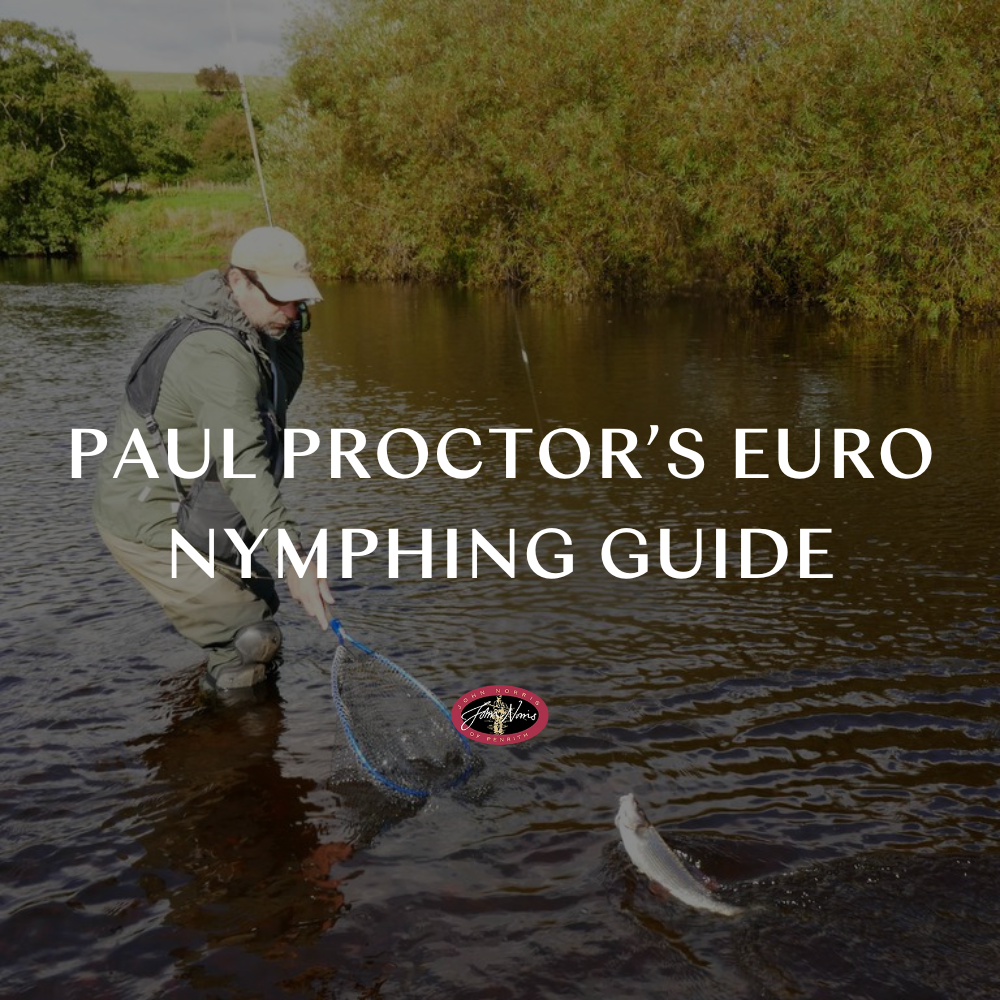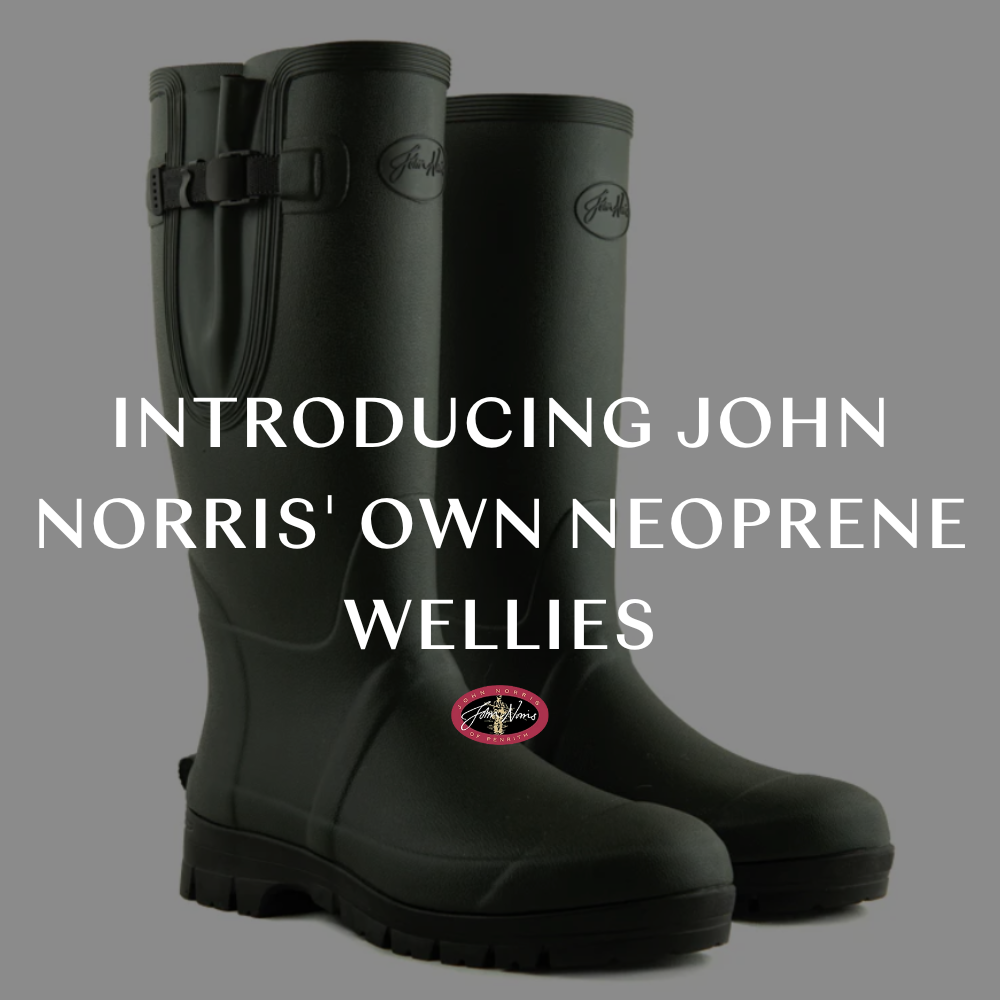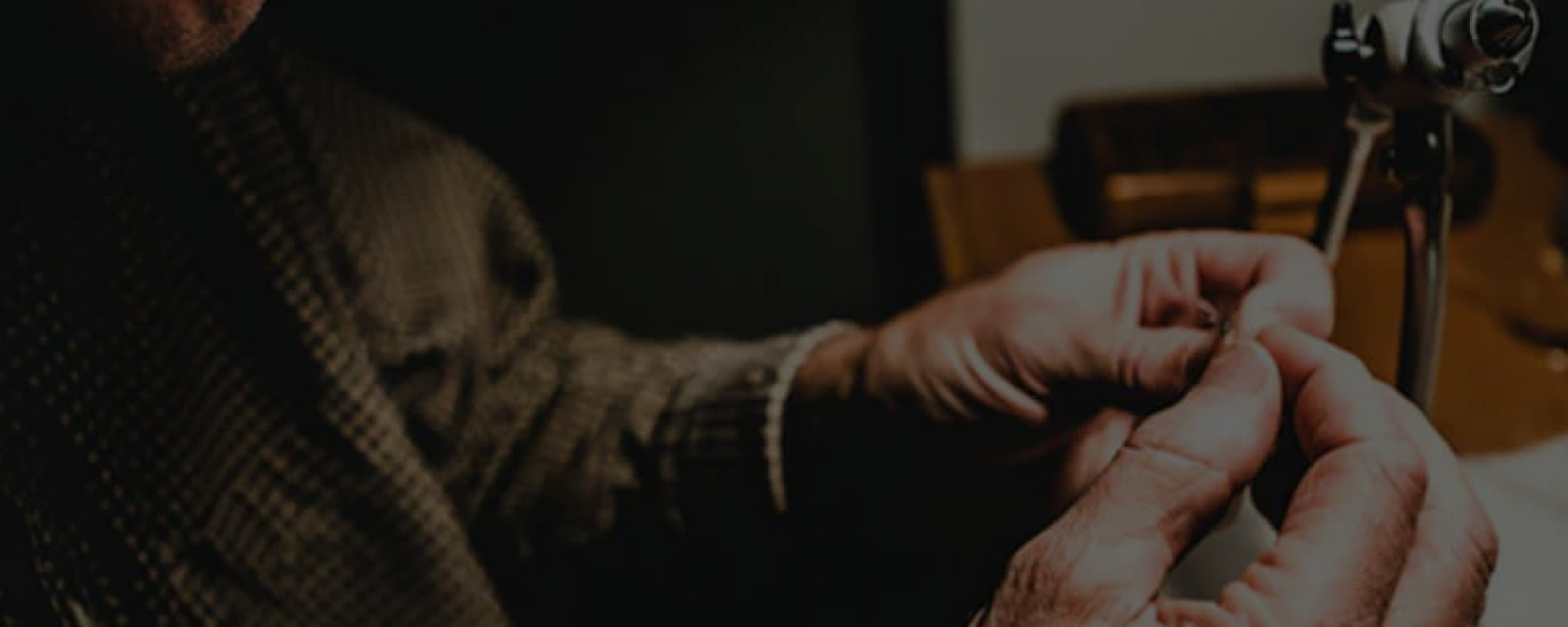Spinning Lures for Salmon Fishing
It is difficult to be precise about the spinning lure you should begin with at the start of your day of fishing, because many variables can alter the effectiveness of any specific lure. There are one or two general rules, however, that should put you on the right track:
Water height and temperature:
Temperature is a critical factor in catching Salmon. The colder it gets, the less active the Salmon become. They also tend to inhabit deeper waters with less strong or variable currents, so less effort is required to retain them at station. This is reflected directly by a reduced desire to move any great distance to intercept your lure, so you have to as they say ‘get down to the Salmon’. This may require terminal spinning rigs with a combined weight of 20-50 grams and overall lengths of up to 13cm. Favoured lures for this type of fishing are:
Devon Minnows - 2 ½ - 3 ½ (6-9cm) extra weight can be added at the swivel to attain and retain at greater depths. Fish these down and across with only sufficient reel winding to stay clear of snags.
Toby Type lures - large spoons and flying Cs - in the 15-20 gram class are also very popular and produce a slightly more active mobile flashy action than the Devons. These lures again should be fished slowly down and across with only sufficient winding to keep the lure out of contact with snags.
Rapalas - These are proving to be one of the most popular lures. Use the 9, 11 and 13cm sizes for the cold water conditions, a variety of weights densities and colours are available. I would also suggest the use of a super braid to enable you to cast these relatively light lures.
Important notes for all spring/early season spinning
Kelts (spawned salmon will be present in some river systems as late as May. Make sure of your ability to recognise these as all unclean fish must be returned. Also as many rivers practice catch and release make sure you have your debarbing pliers ready to use as debarbing hooks can make it much easier to return the Salmon quickly.
Always use ball bearing Swivels which dramatically reduce line twist. Add extra weight to attain and maintain depth by attaching Bouncing Bombs or other weights to or above your swivel.
Late Spring
As the season progresses and the water height and volume decreases and the temperature increases Salmon will tend to rest in areas of slightly quicker and shallower currents 3-5’, your spinning lures can now be reduced in length and weight , say 1 ½ - 2 and 10-15 grams. An increase in speed of retrieve can also stimulate response. This can be achieved by winding the reel quicker or casting more across than down and across. A move to more active lures like Mepps, Vibrax, 10-12 gram Tobies and 7-9 cm Rapalas can prove more effective under these conditions.
Summer
In summer with lower and warmer water conditions the Salmon tend to concentrate in streamy, shallower water where the oxygen content is higher. In these conditions they become more active and prone to chasing faster moving lures in smaller sizes and weights.
You will now have to reduce your spinning line breaking strain in order to cast these lighter lures. Try casting and retrieving round the clock ie upstream, up and across, across and down and across. Also vary your rate of retrieve. Salmon can swim quicker than you can wind. Flying C’s, 5g and 10g can be exceptionally effective under these conditions.
Autumn
You may have to use a combination of any of the previous methods to motivate Autumn Salmon into taking, but the general trend is to use Devons, Rapalas, Spoons and Flying C’s in Red, Yellow and Orange colouration.
Important suggestion
The culinary qualities of Salmon in autumn is dramatically reduced the longer they have been in fresh water. Please be selective and release Hen Salmon and unclean fish.
Catch and Release
John Norris support ethical ‘Catch and Release’ fishing and encourage all of our customers to practice sustainable fishing techniques that will enable us to continue fishing for many years to come.
If you’d like to share your own fishing tackle hints and tips, we’d love to hear from you. Why not email us at: flyfishingtips@johnnorris.co.uk.










